Candi Sukuh is a fifteenth century Javanese-Hindu temple (candi) that is located on the western slope of Mount Lawu (elev. 910 m or 3,000 feet (910 m) above sea level) on the border between Central and East Java provinces.
Candi Sukuh has a distinctive thematic reliefs from other candi where life before birth and sexual education are its main theme. Its main monument is a simple pyramid structure with reliefs and statues in front of it, including three tortoises with flattened shells and a male figure grasping his penis. A giant 1.82 m (6 ft) high of lingga (phallus) with four balls, representing penile incisions, was one of the statues that has been relocated to the National Museum of Indonesia.
The founder of Candi Sukuh thought that the slope of Mount Lawe is a sacred place for worshiping the ancestors, nature spirits and the observance of the fertility cults. The monument was built around 1437, as written as a chronogram date on the western gate, meaning that the area was under the rule of the Majapahit Kingdom during its end (1293–1500). It is unknown whether the construction of the temple was related to the decline of the kingdom. Some archaeologists, however, believe the founder had cast the fall of Majapahit, based on the reliefs that displaying the feud between two aristrocratic houses symbolizing two internal conflicts in the kingdom.
In 1815, Sir Thomas Raffles, the ruler of Java during 1811–1816, visited the temple and he found the temple in a bad condition.In his account, there were many statues that had been thrown down on the ground and most of the figures had been decapitated. Raffles also found the giant lingga statue broken into two pieces which was then glued together.
The architecture of Candi Sukuh differs completely from other candi from the Kediri, Singhasari and Majapahit periods. Unlike meticulous design and reliefs, Candi Sukuh has a simple truncated pyramid as its main monument, surrounded by monoliths and life-sized figures. At glance, the monument architecture reminds visitors of Maya architecture.
Candi Sukuh contains a pervasive theme of spiritual liberation symbolized by reliefs and statues. There is an obvious depiction of sexual intercourse in a relief on the floor at the entrance where it shows a paired lingga (phallus) and yoni (vagina).
On the wall of the main monument there is a relief portraying two men forging a weapon in a smithy with a dancing figure having a human body and the head of an elephant. There is no textual source for the iconography of the relief where its depiction is incongruous with traditional ancestor worship. In Hindu-Java mythology, the smith is thought to possess not only the skill to alter metals, but also the key to spiritual transcendence.Smiths drew their powers to forge a kris from the god of fire; and a smithy is considered as a shrine. Hindu-Javanese kingship was sometimes legitimated and empowered by the possession of a kris.
The elephant head figure with a crown in the smithy relief depicts Ganesha, the god of obstacles in Hinduism. The Ganesha figure, however, differs completely with other usual depictions. Instead of sitting, the Ganesha figure in Candi Sukuh's relief is shown dancing and it has distinctive features including the exposed genitals, the demonic physiognomy, the strangely awkward dancing posture, the rosary bones on its neck and holding a small animal probably a dog. The Ganesha relief in Candi Sukuh has a similarity with the Tantric ritual found in the history of Buddhism in Tibet written by Taranatha.The Tantric ritual is associated with several figures, one of whom is described as the "King of Dogs", who taught his disciples by day, and by night performed Ganacakra in a burial ground.
In front of the main monument there are a number of statues. A 1.82 m (6 ft) height of standing lingga with four balls placed below the tip was one of the statues (it is now in the National Museum of Indonesia). The lingga statue has a dedicated inscription carved from top to bottom representing a vein followed by a chronogram date equivalent to 1440. The inscription translates "Consecration of the Holy Ganga sudhi in ... the sign of masculinity is the essence of the world. Reliefs of a kris blade, an eight-pointed sun and a crescent moon decorate the statue.
Other statues in Candi Sukuh include a life-sized male figure with his hand grasping his own penis and three flattened shells of tortoises. Two large tortoise statues guard the pyramid entrance and the third one lies at some distance in front of the monument. All of their heads point to the west and their flattened shells may provide altars for purification rituals and ancestor worship. In Hindu mythology, the tortoise symbolizes the base or support of the World and is an avatar of Vishnu, i.e. Kurma refer: Ocean of Milk.




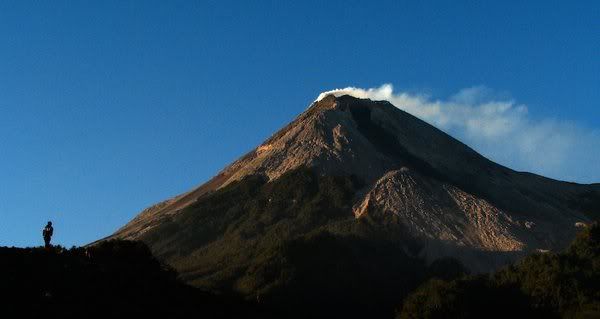
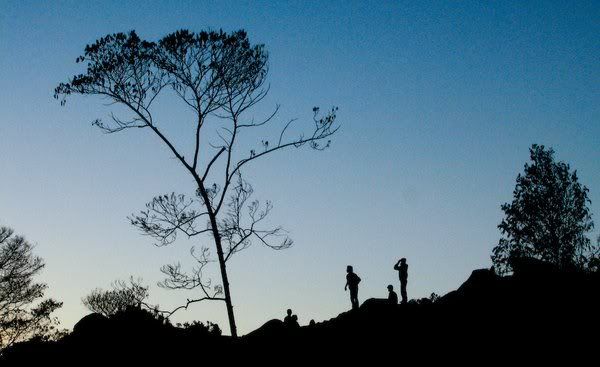
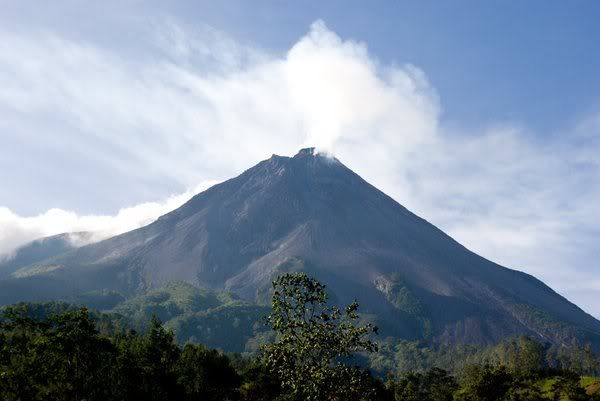
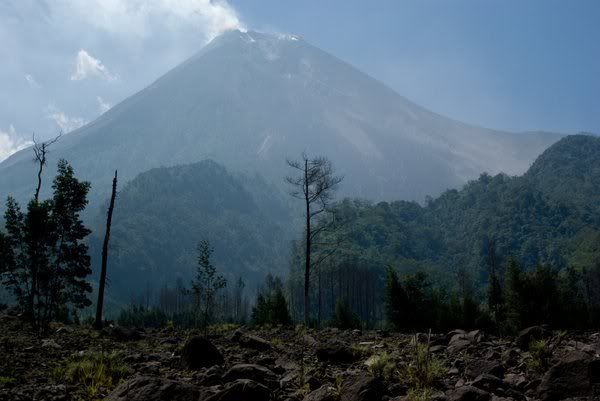
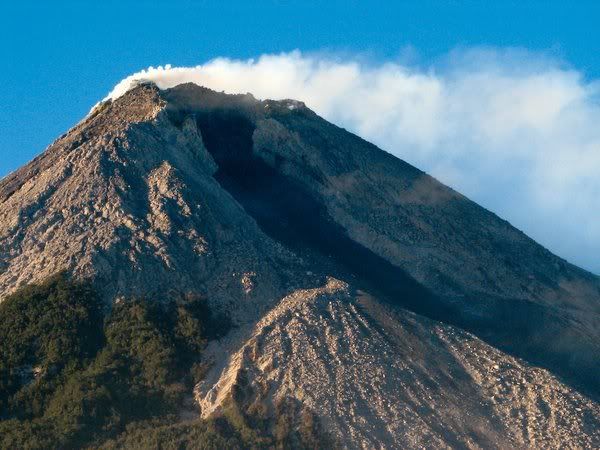


 Read more: http://epg-studio.blogspot.com/2009/06/widget-pengatur-halaman-untuk-kembali.html#ixzz1UA3ocoWT
Read more: http://epg-studio.blogspot.com/2009/06/widget-pengatur-halaman-untuk-kembali.html#ixzz1UA3ocoWT